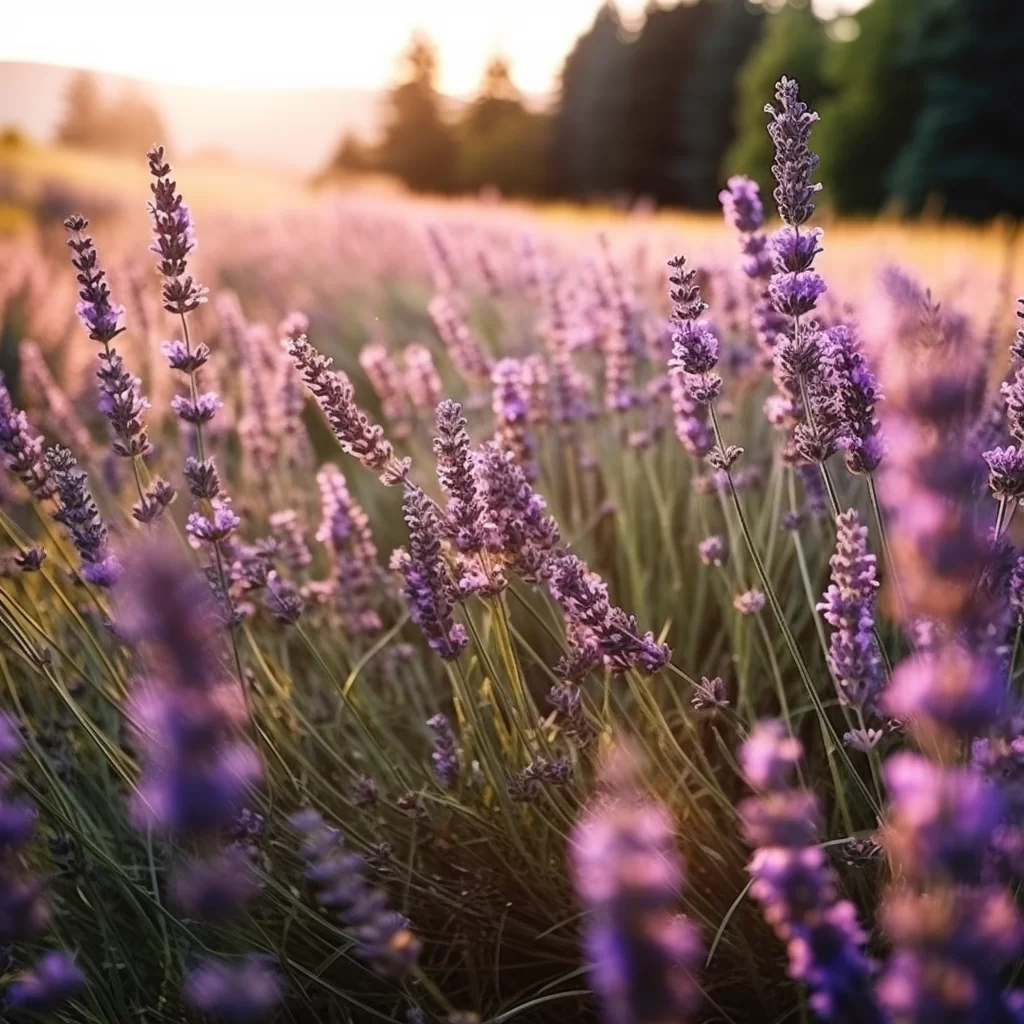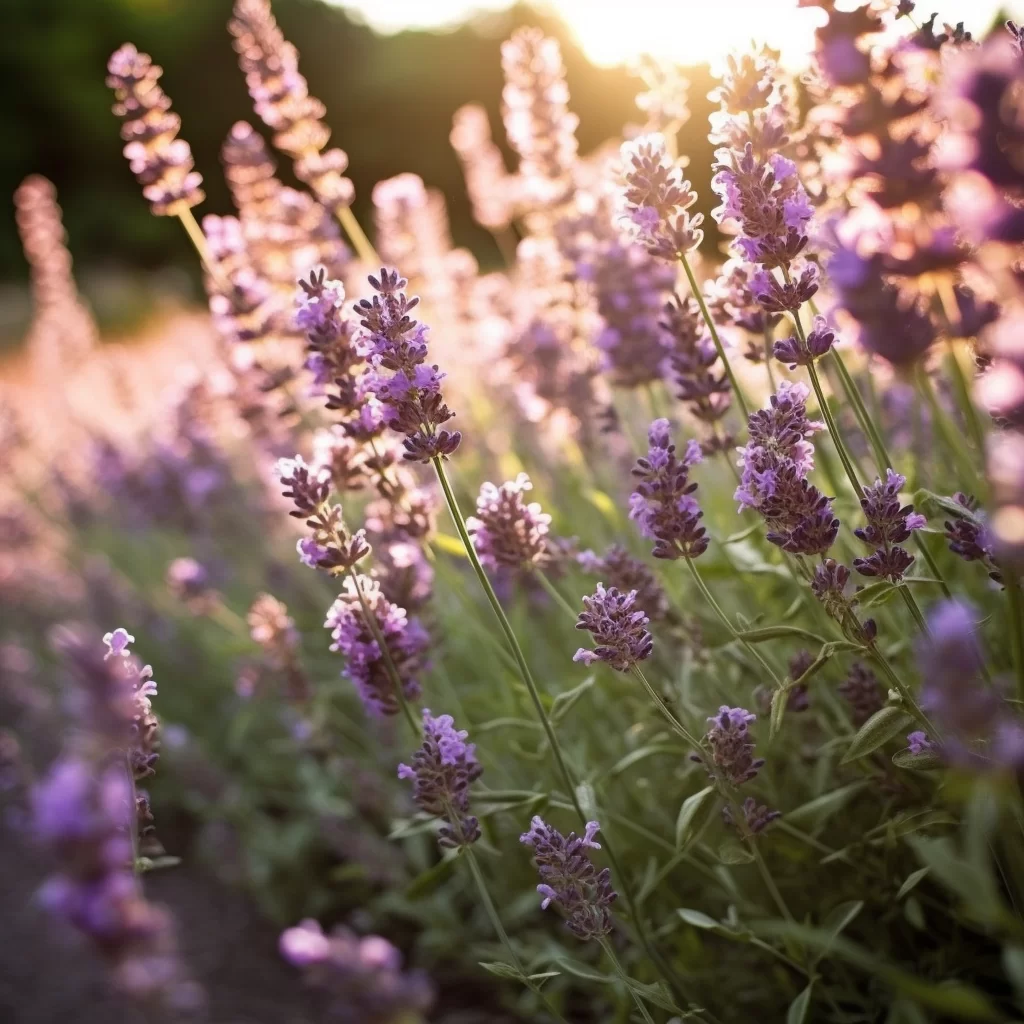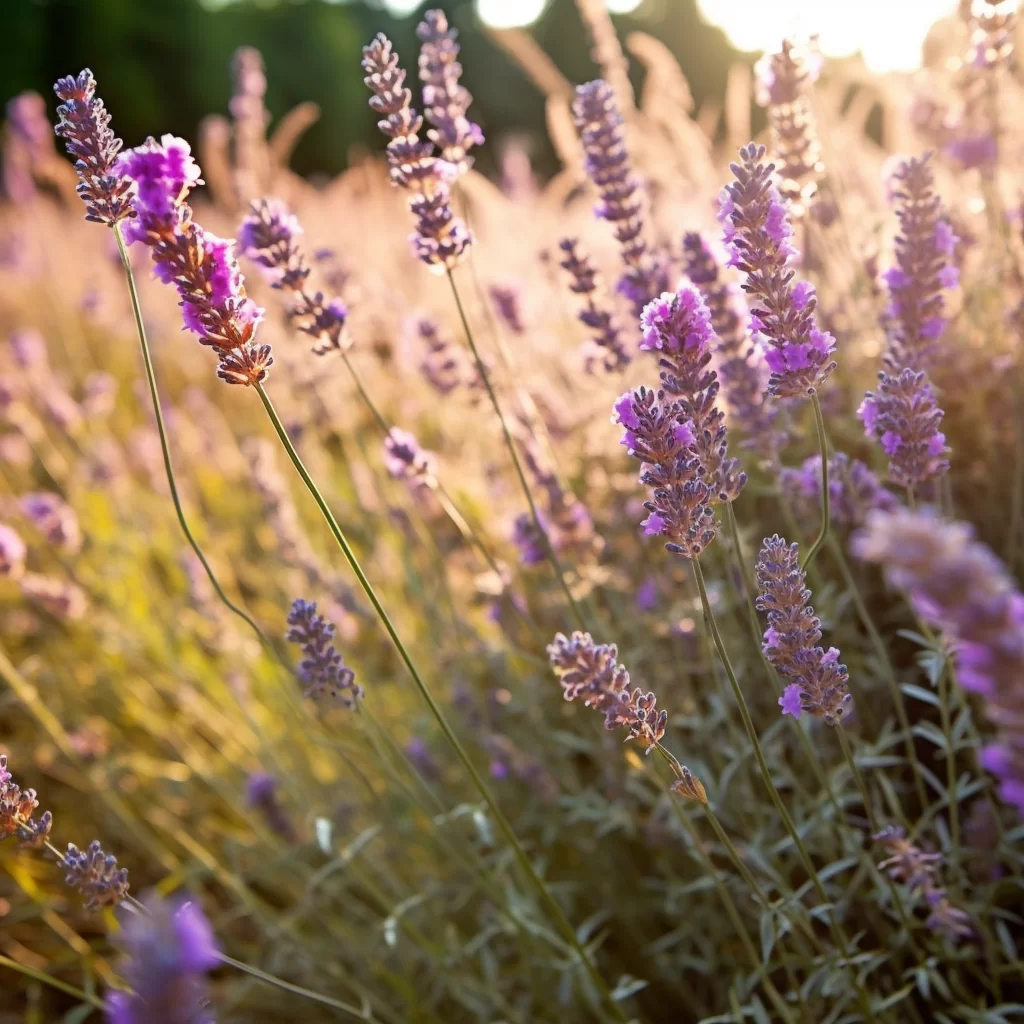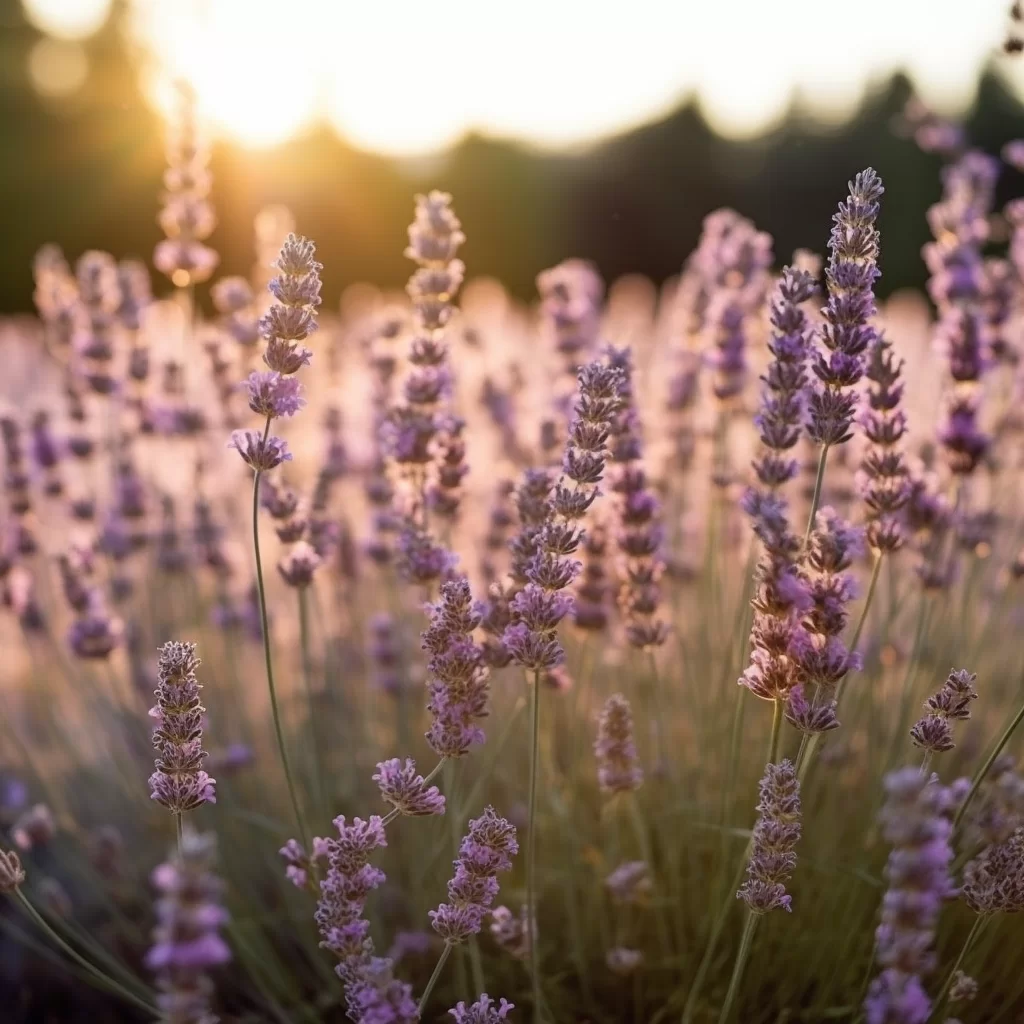Story of Day :
Contents
Is Lavender a Perennial Plant: Complete Guide and Care Tips
If you are planning to add lavender to your garden, you are making an excellent choice.
Lavender is not only beautiful with its striking blue-purple flowers but also has a lovely fragrance that can make your garden smell amazing.
It’s no wonder why it’s one of the most popular plants for gardens and landscapes.
What is Lavender?
Lavender (Lavandula) is a genus of flowering plants in the mint family, Lamiaceae.
It has more than 45 known species, each with its unique characteristics.
The most commonly grown species include English lavender (Lavandula angustifolia), French lavender (Lavandula stoechas), and Spanish lavender (Lavandula dentata).
They all have different growing requirements, so it’s essential to know which one will thrive best in your area.
Is Lavender Perennial or Annual?

The answer to this question depends on the species of lavender you are planting.
English lavender is a perennial plant that typically lives for three to five years; however, some varieties can live up to fifteen years if grown under optimal conditions.
On the other hand, French and Spanish lavenders are both annuals or short-lived perennials that last only two or three years at most.
These varieties need warmer temperatures year-round than English lavenders do because they cannot tolerate cold winters as well.
Tips for Growing Lavender
- Sun: All types of lavenders require plenty of suns – at least six hours daily –to grow well.
- Soil:Lavenders prefer dry soils with a pH between 6.5 and 7.5.
If your soil is heavy or clay-like, consider amending it with sand to improve drainage.
- Water: Lavenders do not like wet feet so make sure only to water them when the soil is dry.
Overwatering can lead to root rot and other diseases.
- Fertilizer: Lavenders thrive in poor soils; therefore, avoid over-fertilizing as it can lead to leggy plants with fewer flowers.
Lavender Care Tips

Lavender plants are relatively low maintenance and require minimal care throughout their growing season.
Here are some tips that will help you keep your lavender healthy:
- Cut back after flowering: After blooming, cut back one-third of the plant’s growth, leaving at least two sets of leaves on each branch.
- Pest Control: Lavenders are generally pest-resistant but beware of spider mites and aphids that can infest lavender plants.
- Aphids: If you notice clusters of small insects on the stems or undersides of leaves, spray with a strong jet of water from a hosepipe or use insecticidal soap if necessary.
In Conclusion

If you want a beautiful and fragrant garden – go for lavender! It’s an excellent choice for gardeners seeking low-maintenance perennials that add color all season long! Just remember – English lavenders are perennial while French and Spanish lavenders are annuals, so choose accordingly based on your location!
